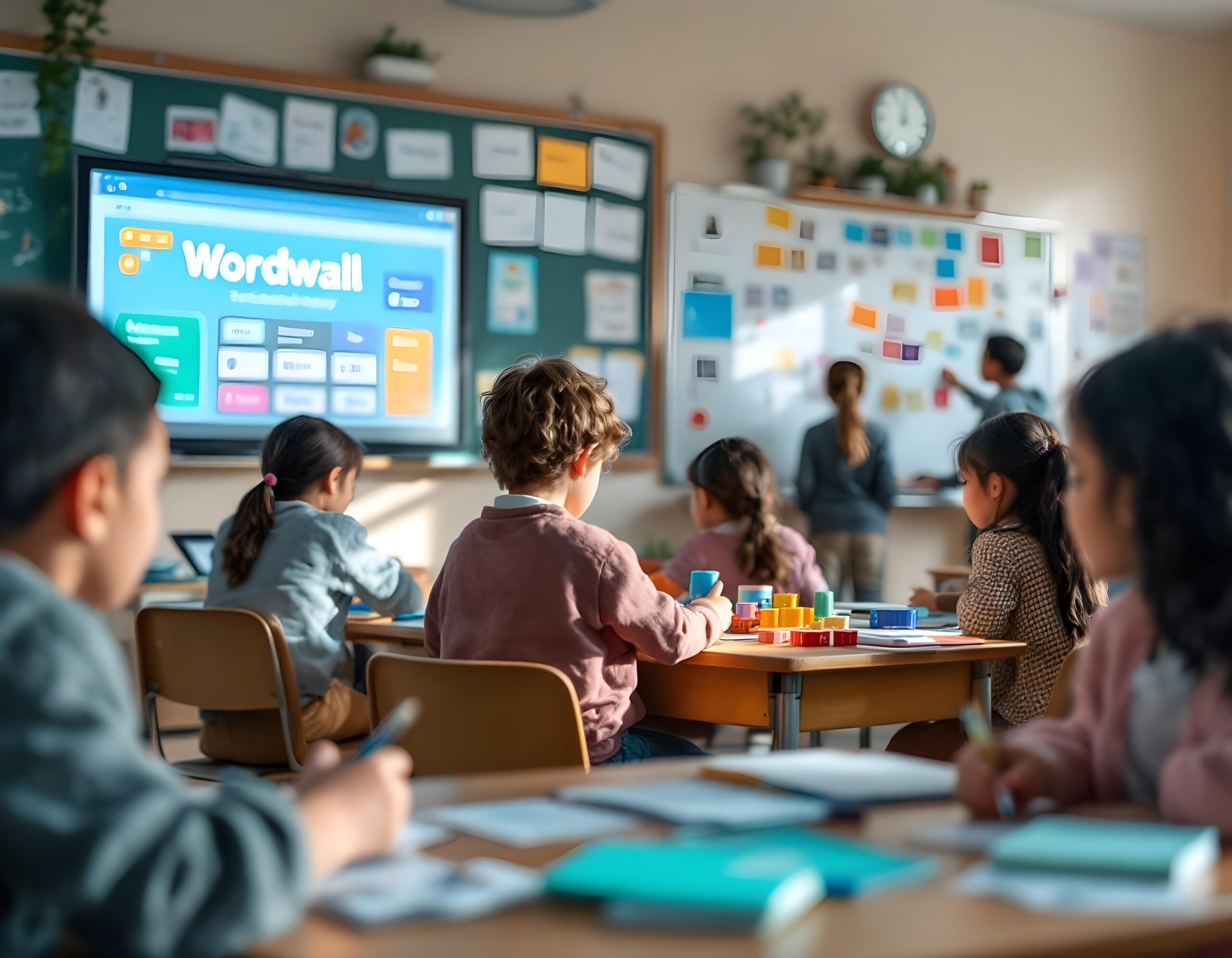The acquisition of vocabulary is crucial for becoming an articulate and proficient speaker of any language, as it serves as a fundamental tool for communication. The challenge, however, lies in identifying the most effective methods for teaching vocabulary. Are there specific strategies, tactics, materials, and tools that teachers can use to help their students achieve this goal? An overly strict approach to vocabulary instruction can hinder learning, and a limited vocabulary will certainly prevent a speaker from expressing themselves eloquently.
First and foremost, it should be noted that reading is foundational for vocabulary development and broadening knowledge. No one can deny the benefits of the knowledge gained through reading. By engaging with various texts—such as newspaper articles, literary works, or online magazine pieces—readers have the opportunity to expand their horizons and acquire vocabulary in an enjoyable and exploratory manner, in contrast to the often-tedious nature of coursebooks. This exposure makes their brains more receptive, allowing words to be associated with specific concepts and absorbed more easily. This is a major reason why learners should be encouraged to read books in a foreign language from a young age. Doing so not only cultivates a valuable learning tool but also fosters a more inquisitive and critical mindset.
Contextual reading is a powerful tool in the arsenal of both teachers and students. Comprehension and vocabulary acquisition are closely intertwined with contextual reading. When individuals understand meanings through context, their brains operate similarly to those of researchers making breakthroughs. They must make various connections to grasp the meaning of a word by carefully analyzing the concepts expressed in the text. This process not only aids comprehension but also allows the reader to explore the root of the unknown word, confirming that their understanding of its specific meaning is correct.
One important aspect that should not be overlooked is the usefulness of technology in the learning process. I have personally noticed that when used effectively, technology becomes a valuable tool and ally for teachers striving to teach vocabulary successfully. Providing students with guidance is crucial. The internet and its resources can feel like unmapped territory for those seeking effective learning methods, and it can be detrimental if learners are left to navigate it on their own.
The applications, platforms, and online dictionaries that students are encouraged to use should be recommended by us, the teachers. It is our duty to identify the most effective resources to immerse our students in the world of vocabulary learning. Two online dictionaries I urge all my students to use are Wordreference and Thesaurus.com. They are invaluable resources for learners, providing a plethora of words along with examples of how each word is used, making it easier for students to find what they need.
Additionally, two online platforms that my colleagues and I extensively use are Wordwall and Canva. In Canva, we create fictional stories to immerse our students in vocabulary learning. For instance, we crafted a story to teach the seven different meanings of the word 'TRUNK,' and our students have never forgotten those meanings! Through Wordwall, we create engaging online games that we play in class and upload to our school platform. Our students find these games enticing and often play them at home, revising vocabulary without even realizing it
Last but not least, an undeniably useful method that has proven its effectiveness over the years is flashcards. I remember using them almost 30 years ago when I started teaching, and they are still present in nearly every classroom, especially at younger levels. The stimuli they provide help the brain associate pictures with sounds, facilitating semantic processing and making it easier to sort and remember words.
Every educator should appreciate the value of classification in the learning process, which is reinforced by this teaching method. It can be even more effective when combined with specific word lists, encouraging students to recall the words and pictures they have already worked with. One approach I find especially useful is creating word lists in the form of sentences with missing words, paired with pictures representing the target words. Students must remember the word by looking at the picture/ flashcard, say it, and then match it with the appropriate sentence. My experience has shown that once they do this, they almost never forget the word. That’s why, in my school, this method is applied to intermediate levels as well.
Challenging as vocabulary learning may be, the inquisitive teacher can always find effective ways to make the process engaging and help students experience the magic of knowledge acquisition.

